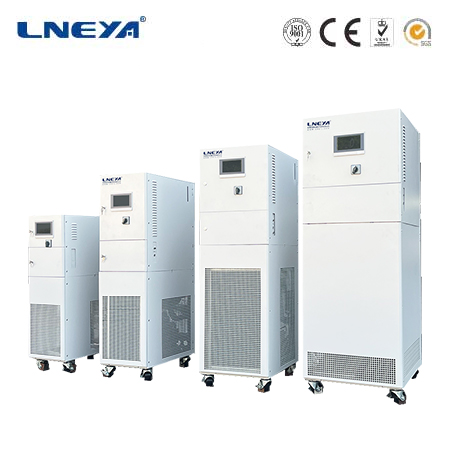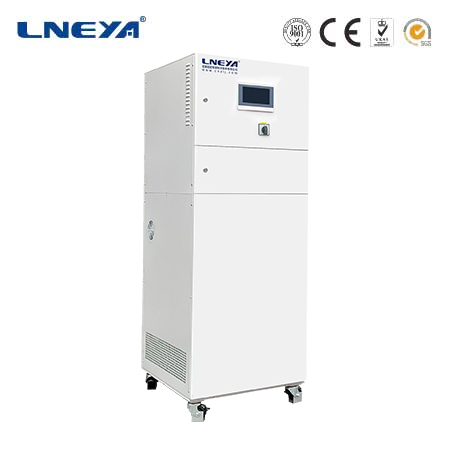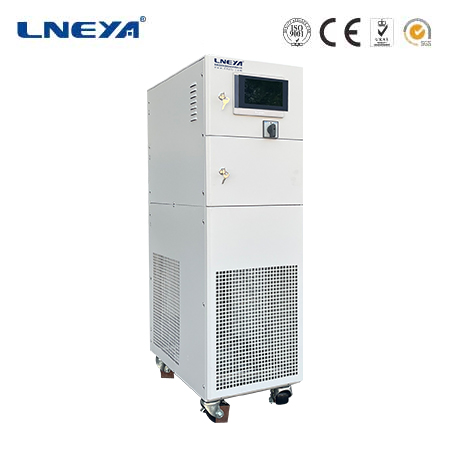water cooled chiller operation
Water-Cooled Chiller Operation: An In-Depth Analysis
Water-cooled chiller systems are integral to HVAC processes in various industries, providing essential cooling for equipment and spaces. These systems operate on the principles of heat exchange and refrigeration cycles to maintain optimal temperatures. This article provides a detailed examination of the operation of water-cooled chillers, their efficiency, and the factors that influence their performance.

Operational Stages of Water-Cooled Chillers
The operation of a water-cooled chiller system can be broken down into several stages:
Heat Exchange: Chilled water at a temperature between 38°F and 45°F is pumped through heat exchange units to transfer heat from equipment. The chilled water temperature typically rises by 10°F to 20°F after absorbing heat.
Refrigerant Compression: The water that has absorbed heat is sent to the chiller to re-cool. Inside the chiller, an evaporator with refrigerant inside removes heat from the chilled water loop. As the refrigerant absorbs the excess heat, it expands and becomes a gas.
Condensation: The refrigerant gas is then sent to a compressor before passing through a condenser, where heat is removed by the condenser water loop and the refrigerant gas returns to the liquid phase. Condenser water is typically between 80°F and 85°F when it is sent through the chiller condenser and rises in temperature by 10°F to 20°F after it has removed the heat from the refrigerant.

Expansion: The high-pressure and high-temperature liquid refrigerant from the bottom of the condenser flows through the throttle device, where its pressure decreases, causing it to bulge and both pressure and temperature decrease.
Evaporation: The low-pressure and low-temperature liquid refrigerant enters the evaporator, where it derives energy from the cooling carrier, such as cold water. The temperature of the cooling carrier decreases, and artificial refrigeration is realized. The refrigerant vapor in the evaporator is then inhaled by the compressor for compression, repeating the cycle.
Impact of Cooling Towers on Efficiency
Cooling towers play a crucial role in regulating condenser backpressure, which significantly influences chiller efficiency. Lowering condenser backpressure through effective cooling tower operations allows chillers to use less energy, optimizing performance and reducing costs. It is estimated that for every degree Celsius of decrease in cooling tower water temperature, chiller efficiency increases by 2.5%.
Thermal Efficiency and Chiller Performance

Chiller efficiency is measured using the Coefficient of Performance (COP) or Energy Efficiency Ratio (EER), which express the ratio of a chiller’s refrigeration capacity to its electrical input power. Higher COP or EER values indicate better efficiency, meaning the system delivers more cooling per unit of energy consumed. Thermal efficiency is critical because it directly impacts energy consumption and operational costs.
Water Usage and Sustainability
Water usage in chiller systems affects both efficiency and sustainability. Cooling towers help maintain low cooling water temperatures, which are essential for achieving maximum thermal efficiency. Efficient chiller operation reduces peak energy consumption and extends equipment life by maintaining consistent thermal performance.
Conclusion
Understanding the operation of water-cooled chillers is crucial for maintaining efficient and sustainable cooling systems. By optimizing the stages of heat exchange, refrigerant compression, condensation, expansion, and evaporation, along with effective cooling tower operations, facilities can achieve high thermal efficiency and reduce energy costs. Proper maintenance and attention to water usage further contribute to the sustainability and longevity of water-cooled chiller systems.
Related recommendations
How to judge the energy-saving effect of process water chillers?
944How to judge the energy-saving effect of process water chillers? Firstly, it is important to understand the concept of energy efficiency ratio of process water coolers. When purchasing ...
View detailsmini water chiller system
204Components of Mini Water Chiller SystemsCompressorThe compressor is the heart of the mini water chiller system, playing a vital role in the refrigeration cycle. It raises the pressure and temper...
View detailsindustrial process cooling system
554Industrial Process Cooling Systems: A Comprehensive Overview Industrial process cooling systems are critical in maintaining the precise temperatures required for efficient and effective operati...
View detailsWhat are the effects of condensation pressure and temperature changes on industrial water chiller system?
1108What are the effects of condensation pressure and temperature changes on industrial water chiller system? (1) The impact of exhaust temperature In summer, the exhaust temperature of ind...
View details
 LNEYA Thermal Test Chillers
LNEYA Thermal Test Chillers







HelloPlease log in